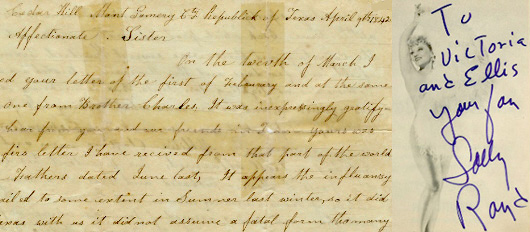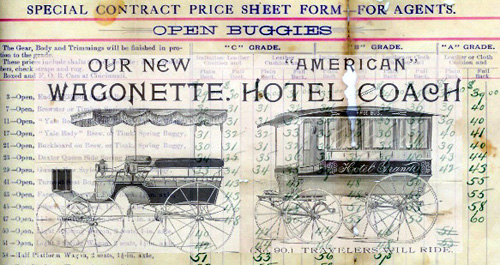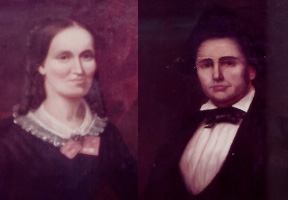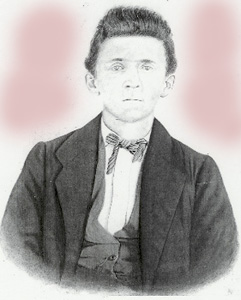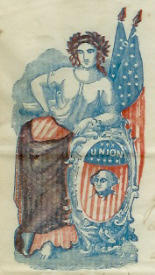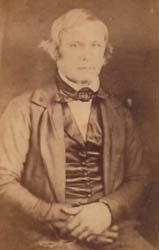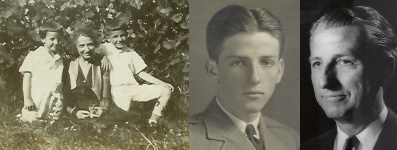
Chester Coleman Travelstead, 1911-2006
Over her 40-year teaching career at WKU, Nelle Gooch Travelstead (1888-1974) was known for her energy in the classroom, her civic activism, and her ferocious devotion to her two boys, Will (1909-1981) and Chester (1911-2006). The papers of Chester Coleman Travelstead, now available at WKU’s Special Collections Library, document the lives of this indomitable single mother and her sons.
Comprising more than 4,500 items, the collection includes Chester Travelstead’s personal and professional correspondence and that of his mother, brother, and wife Marita. Travelstead edited his mother’s papers, wrote a reminiscence of his World War II naval service aboard the USS Comet, and kept a journal of Marita’s battle with Alzheimer’s Disease. The collection also documents Chester Travelstead’s distinguished career as an educator. A WKU alumnus, Travelstead received his doctorate from the University of Kentucky in 1950, and for the next 27 years served in faculty and administrative positions at universities in Georgia, South Carolina, and New Mexico. He received four honorary degrees, and in 2004 the University of New Mexico named its College of Education administration building after him.
Prior to his appointment in New Mexico, Travelstead had been ousted from his position as Dean of Education at the University of South Carolina. The trouble arose in 1955, after he spoke to a summer session on the topic “Today’s Decisions for Tomorrow’s Schools.” Delivered in the wake of the U.S. Supreme Court’s decision in Brown v. Board of Education, the speech urged the timely integration of the nation’s public schools. Travelstead’s speech and the resulting letter of dismissal are part of the collection, but so too are the accolades he later earned for his forward-looking views. During its bicentennial in 2001, the University of South Carolina honored Dean Travelstead as a man of “uncommon courage in uncommon times.”
A finding aid for the Chester Coleman Travelstead Papers can be downloaded here.

